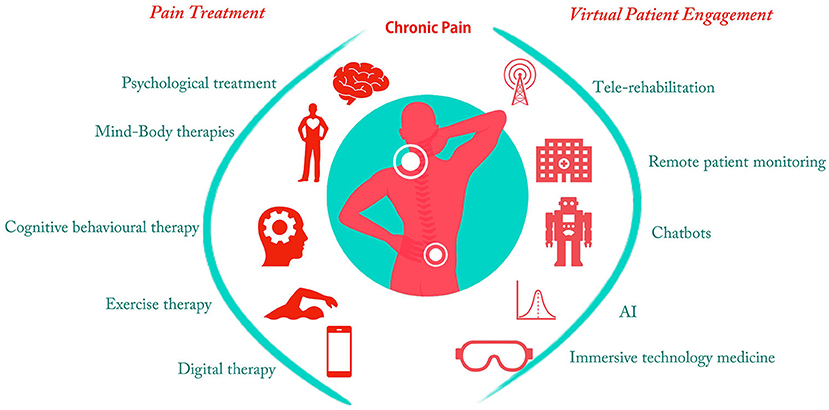Chronic pain is a widespread and debilitating condition that affects millions of people worldwide. Managing chronic pain can be challenging, and while medication can provide relief, it often comes with unwanted side effects and the risk of dependency.
Fortunately, there are many effective strategies available for managing chronic pain and improving quality of life. In this article, we’ll explore some proven techniques for chronic pain relief that can help individuals find relief and reclaim their lives.
1. Medication Management
Medications are often used to manage chronic pain and can include over-the-counter pain relievers such as acetaminophen and nonsteroidal anti-inflammatory drugs (NSAIDs), as well as prescription medications such as opioids, antidepressants, and anticonvulsants.
It’s essential to work closely with a healthcare provider to develop a medication regimen that effectively manages pain while minimizing the risk of side effects and dependency.
2. Physical Therapy
Physical therapy is a non-pharmacological treatment option that can help reduce pain and improve function through exercise, stretching, and manual therapy techniques.
A physical therapist can develop a customized treatment plan to address specific areas of pain and dysfunction, helping to improve mobility, strength, and flexibility while reducing pain and preventing further injury.
3. Exercise and Movement
Regular exercise and physical activity can help reduce pain and improve overall function by strengthening muscles, improving flexibility, and promoting circulation.
Low-impact activities such as walking, swimming, yoga, and tai chi can be particularly beneficial for individuals with chronic pain, helping to reduce stiffness, improve range of motion, and alleviate pain without the need for medication.
4. Mind-Body Techniques
Mind-body techniques such as meditation, yoga, tai chi, and guided imagery can help reduce pain perception, promote relaxation, and improve overall well-being.
These techniques focus on the connection between the mind and body, helping individuals manage their pain more effectively and improve their quality of life.
By practicing mindfulness and relaxation techniques, individuals can learn to cope with their pain in a healthy and positive way.
5. Complementary and Alternative Therapies
Complementary and alternative therapies offer natural and effective alternatives to medication for managing chronic pain.
Techniques such as acupuncture, chiropractic care, massage therapy, and herbal remedies can help reduce pain, improve function, and enhance overall well-being.
These therapies can be used alone or in combination with other treatment approaches to provide comprehensive pain relief.
6. Lifestyle Modifications
Making positive lifestyle changes can also help individuals manage chronic pain more effectively. This may include changes to diet and nutrition, regular exercise and physical activity, stress management techniques, and improving sleep hygiene.
By making healthy lifestyle choices, individuals can reduce inflammation, improve physical function, and promote overall well-being, helping to alleviate pain and improve quality of life.
Conclusion
Managing chronic pain requires a comprehensive approach that addresses the physical, emotional, and psychological aspects of pain.
By incorporating a combination of medication management, physical therapy, exercise, mind-body techniques, complementary and alternative therapies, and lifestyle modifications, individuals can find relief from chronic pain and reclaim their lives.
It’s essential to work closely with a healthcare provider to develop a personalized treatment plan that meets your unique needs and improves your overall quality of life.

Leave feedback about this